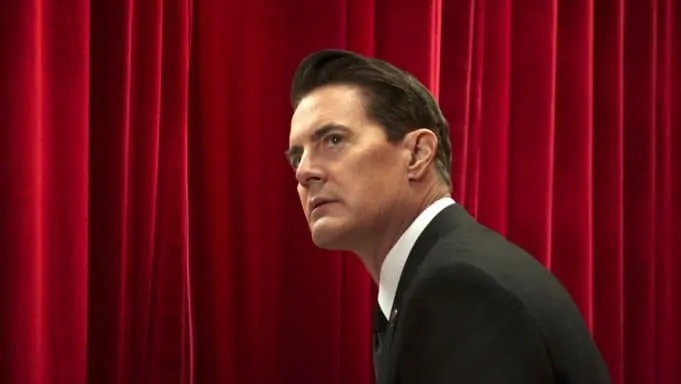We continue to live in interesting times.
Amazon bought Whole Foods (who saw that coming?). Las Vegas has a hockey team (but not Quebec?!). And Twin Peaks and Agent Cooper and the wacky Red Room are baaaack (and are almost as good as straight black coffee).
Disruption continues to be the order of the day, much of that having to do, not surprisingly, because of technology.
The latest example: television ratings. Traditionally, firm Nielsen would stick a box in people’s homes and track what they watched. The (oversimplified) result: Nielsen ratings. If a family was watching a certain channel at a certain time, that would accumulate towards the total figure. In days gone by we used to all sit on the couch at the same time to watch something, live or recorded.
Today, we pretty much watch what we want, when we want. The idea of being in front of a TV at 8pm on a Sunday night to catch the latest episode of the hottest binge-worthy show is becoming less and less relevant.
Case in point: ratings for David Lynch’s new reboot of Twin Peaks.
According to BuzzFeed which reported on the ratings for Twin Peaks, the premiere on May 21 had only 506,000 viewers. That sounds pretty bad to me. And many took that to mean the series was a failure. Maybe it is, maybe it isn’t, but one thing we do know is that number will grow.
Keep in mind, this is not about the bunnies.
Unlike in the past, if 506,000 people tuned in to watch the premiere of an episode of Dallas, that would be it. The number could never increase, because it was a one time television event. I’m likely stating the obvious here, but now that number can grow over time… viewers can watch it at their leisure anytime the following week, month and into the foreseeable future. In the case of Twin Peaks I’m certain many of us we’re all over it on Sunday at 6pm sharp, as if it were 1990 all over again. Others perhaps waited for reviews — they were generally very positive according to IMDB with an average critics score of 74 on review aggregator Metacritic — before committing their precious time.
Indeed, according to Showtime, who, unlike Netflix, Amazon and Hulu, reports viewer stats, the May 21 episode now has 3.1 million viewers to date. That will continue to grow.
Per Kate Aurthur in the Buzzfeed piece:
“It’s hard to say definitively what Twin Peaks taught television the most back in the early ’90s. But what it’s teaching us now is that television ratings as traditionally quantified are not always what they seem. The splintering of TV viewing is confusing, and sometimes frustrating…”
It will be interesting to see what becomes of a company like New York-based Nielsen Holdings (NYSE: NLSN) and “television measurement.” Disruption is a wicked thing. Remember when Blockbuster turned down a $50 million acquisition from Netflix? One of those companies is now bankrupt. The other has a market cap of $68 billion — and doesn’t charge rewind or late fees.
ALSO SEE: Twin Peaks: The Return (Season 3) review
Meantime, I hope Twin Peaks: The Return proves a hit, both artistically and financially. Granted, I’m a David Lynch fan. I’m also a fan in general of the idea of independent work — film, music, art — and believe the dumbing down of content by major studios (i.e. Superhero and sequel saturation) is an unfortunate trend. Sure, Marvel films can be silly and fun. But there should be room for the arthouse too. Keep in mind, this is not about the bunnies. Whether or not we like the end product, we should endeavor to elevate and celebrate those that take creative risk.


